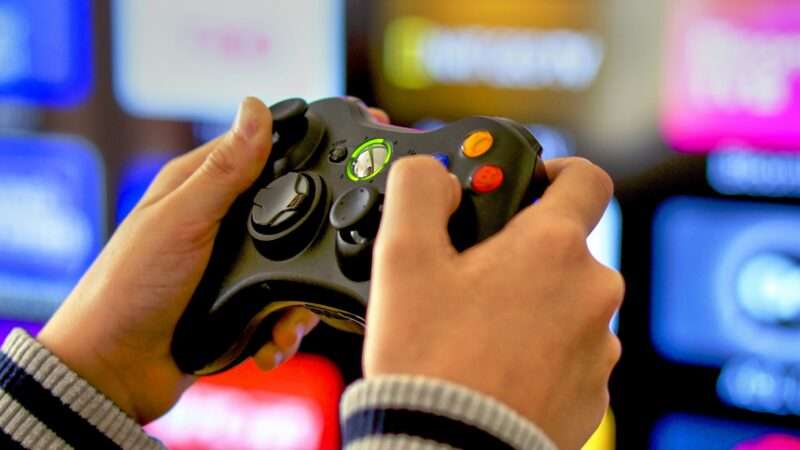
Economist Mark Perry has been tracking the prices of various goods and services since the start of the 21st century. His so-called "Chart of the Century" neatly summarizes which products have become more expensive and which have become more affordable relative to overall inflation:
Updated "Chart of the Century" with data through June 2023. Note: Since 2000, College Tuition increased 184% which is 2.4X greater than overall inflation of 76% & 1.7X greater than the 110% increase in average wages. No wonder there's $1.8T in student loan debt @stevenfhayward pic.twitter.com/m1IkiS2PQ4
— Mark J. Perry (@Mark_J_Perry) August 2, 2023
Even after the recent high inflation run, the trends are clear. Categories that have high levels of government intervention (health care, college tuition, housing) have seen prices rise faster than categories where the market has been more free (home goods, clothes, TVs). The lowest line on the chart shows the price of televisions, which are 97 percent more affordable today than in 2000 even after accounting for inflation—a remarkable decline that's been made possible by a combination of technological progress and free trade.
There is no line on Perry's chart for video game consoles, but it would be near the bottom too. When adjusted for inflation, the price of an original PlayStation or Xbox would be significantly higher than the price of the newest version of those game systems. Relative to inflation, video game consoles have become more affordable—and have gotten a lot more advanced at the same time.
Former President Donald Trump wants to inject a little more government intervention into that market. Guess what will happen if he does.
The Republican presidential nominee's threat to impose new tariffs on nearly all imports into the United States would make video game consoles 40 percent more expensive, according to an analysis published this month by the Consumer Technology Association (CTA), an industry group best known for its annual Las Vegas conference showcasing the latest tech for home and personal use.
The report assumes that Trump can carry out his threat to hit all imports from China with a 60 percent tariff, along with a baseline tariff of 10 percent or 20 percent on all other imports. (Trump has been unclear about which level he'd prefer, and recently suggested a "thousand percent tariff.")
If that happens, the retail price of video game consoles will increase by nearly $250, according to the CTA. Retail price would also grow for laptops (up $357), tablets (up $201), smartphones (up $213), and televisions (up $48).
"At their core, these proposals are tools for the U.S. government to grab as much tax revenue as possible from the American people," writes CTA chief Gary Shapiro in the report's foreword. "The proposed tariffs will not create more employment or manufacturing in the U.S. In fact, the opposite may happen where our productivity decreases and jobs may be lost over time when workers and businesses have less affordable access to technology."
Video game consoles are a $24 billion global industry, and the United States is by far the biggest consumer in that market. Most video game consoles are currently assembled in China, but the components and technological know-how come from every corner of the globe.
The theory behind Trump's push for more tariffs is that making imports more expensive will spur more domestic manufacturing. Instead of importing Xboxes and PlayStations from China, those products would be made in the United States, his supporters claim.
But hold on. If Trump's tariffs are sufficient to drive consumer technology manufacturing out of China, those jobs won't all shift to the United States—they'll go to other countries instead. If that happens, consumers in the U.S. will still bear the cost of the universal tariffs on their game consoles and smartphones.
CTA does project a 31 percent increase in domestic production of video game consoles—but that would not be enough to offset the other consequences. Ultimately, the group comcludes, the economy would shrink by an estimated $4.9 billion, due to the combination of higher costs and lower consumer spending power.
The vastly increased availability and affordability of tech like TVs and video game systems shows what free trade can achieve. Americans should be cautious about taking it for granted.
The post Trump's Proposed Tariffs Would Add Nearly $250 to the Price of New Gaming Consoles appeared first on Reason.com.







